A photographer documents what may be the last generation of the Bajau sea nomads.
When the Indian Ocean tsunami hit Indonesia in 2004, some said the Bajau Laut survived unscathed. There were rumors that the traditionally nomadic community, an ethnic group of Malay origin, had such good knowledge of the ocean that they had seen the catastrophe coming and they had moved out to deeper water. The tale fascinated British photographer James Morgan, who, a few years later, embarked on an adventure to meet the Bajau. He was especially interested in those who had stayed at sea despite the hardships that had forced most to move ashore. Though only very few remain, he felt that something was in danger of dying out with them: their knowledge of the sea. A knowledge that could play an important role in preserving the Coral Triangle and the world’s oceans.
Roads & Kingdoms: You first heard about the Bajau Laut in 2004. How long did it take you to actually meet them?
James Morgan: It was a long process. First, I got a grant from the Royal Photographic Society here in the UK. Then I learned to speak Indonesian. Then I learned how to free dive. After that, I just went out looking for them. At that stage I wasn’t sure if anyone still lived at sea, so it was a bit of a gamble.
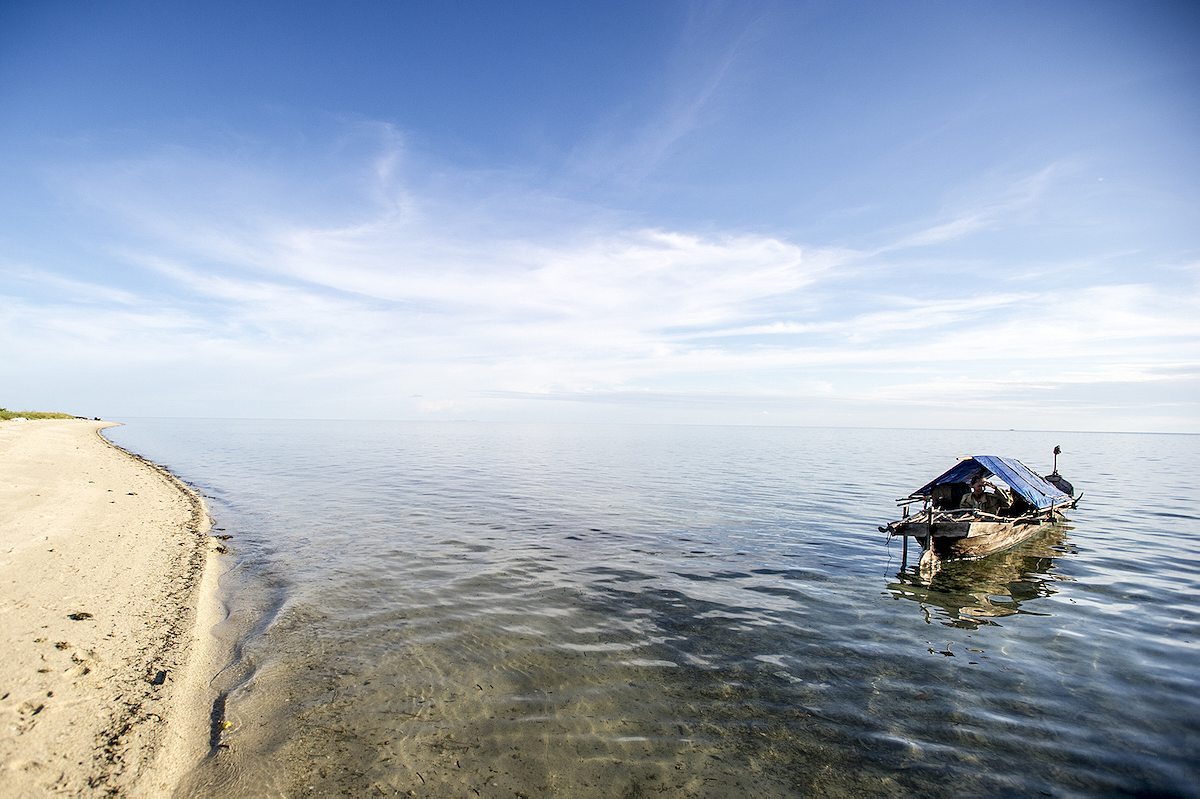
R&K: But you knew which areas to target…
Morgan: Yes, there are a few areas in Sulawesi that have strong Bajau populations, mostly living ashore. The idea was that some people would have grandpas still floating around out there. So I went to villages and just started asking around.
R&K: So the communities living ashore are the descendants of the nomads?
Morgan: Essentially, yes. Fifty years ago, a lot of Bajau would have lived nomadically at sea but there’s been a lot of pressure on them over the last few decades to move ashore. It’s also more difficult to catch enough to eat. It’s really a dying culture. The people I met are probably the last who will ever spend their entire lives at sea.

R&K: So tell me how that works…
Morgan: Mostly you just spend all day fishing. You get water from rivers on islands. There’s a lot of scavenging things from islands to make spear guns and goggles and repairs to boats. And at night, you just lie down. The boats are called lepa lepa and they’re about five meters long by a meter wide. Normally it’s two people to a boat, a husband and wife – and any young kids. Cooking is usually done at the back of the boat and sleeping at the front. If it rains they haul a tarpaulin over the top but it’s a pretty tough life. Not comfortable.

R&K: Why was it important for you to learn how to free dive before starting the project?
Morgan: Because a lot of the images are underwater and it would have been too expensive and cumbersome to take in scuba equipment. It’s also a nice thing to share – shared experiences are always what make for great photographs. I’m not much of a bystander photographer, I like to get involved. It’s always a bit of a logistical challenge shooting underwater but creatively, it’s very enjoyable.
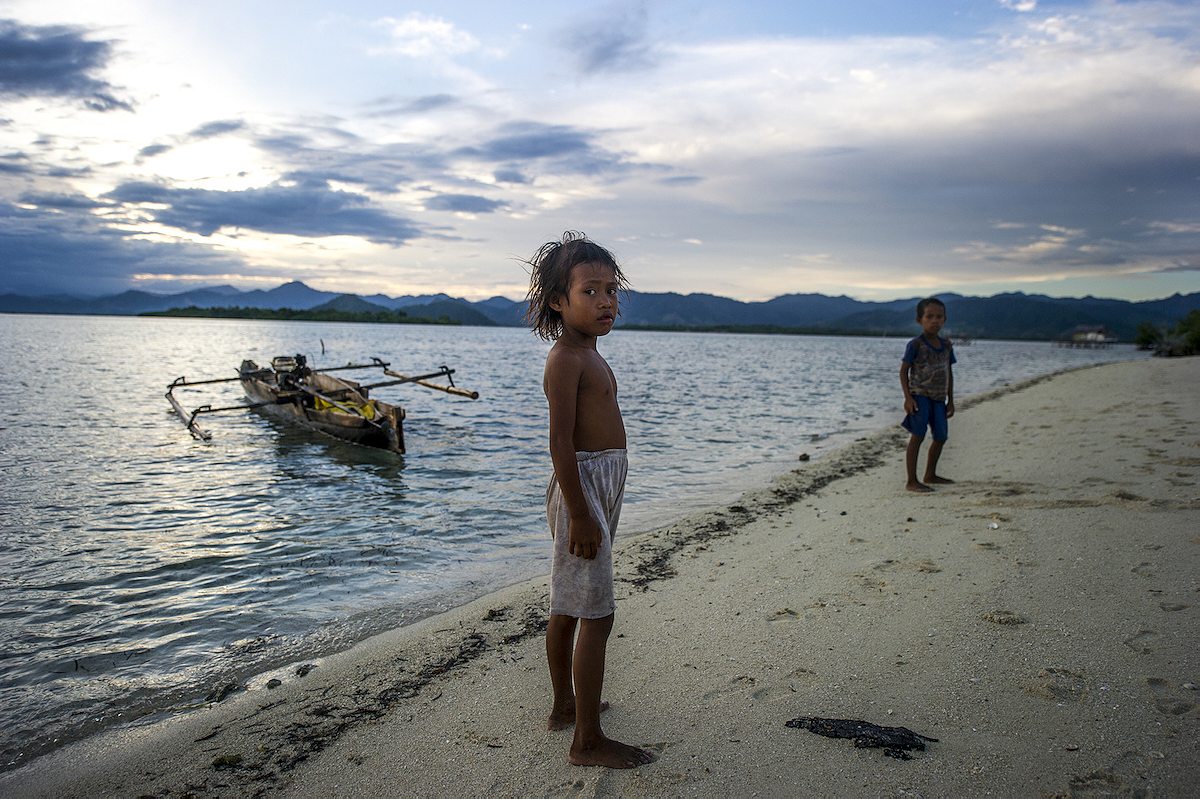
The idea was that some people would have grandpas still floating around out there.
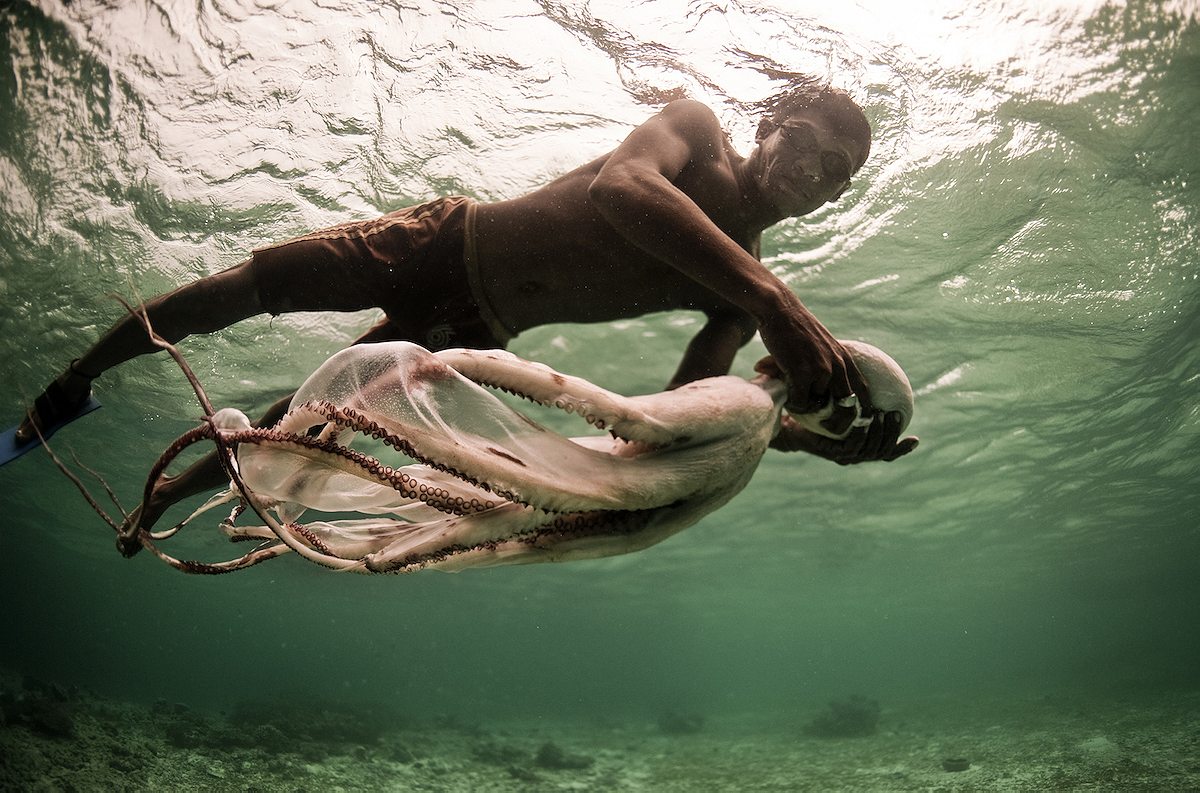
R&K: Did you have a special interest or attachment to the ocean before starting this project?
Morgan: Yes, I’ve always been a big fan. I surf and free dive and spend a lot of time in the sea, which is why I was particularly drawn to this story. I’ve always lived by the sea – here in the UK and in Bali for a couple of years.
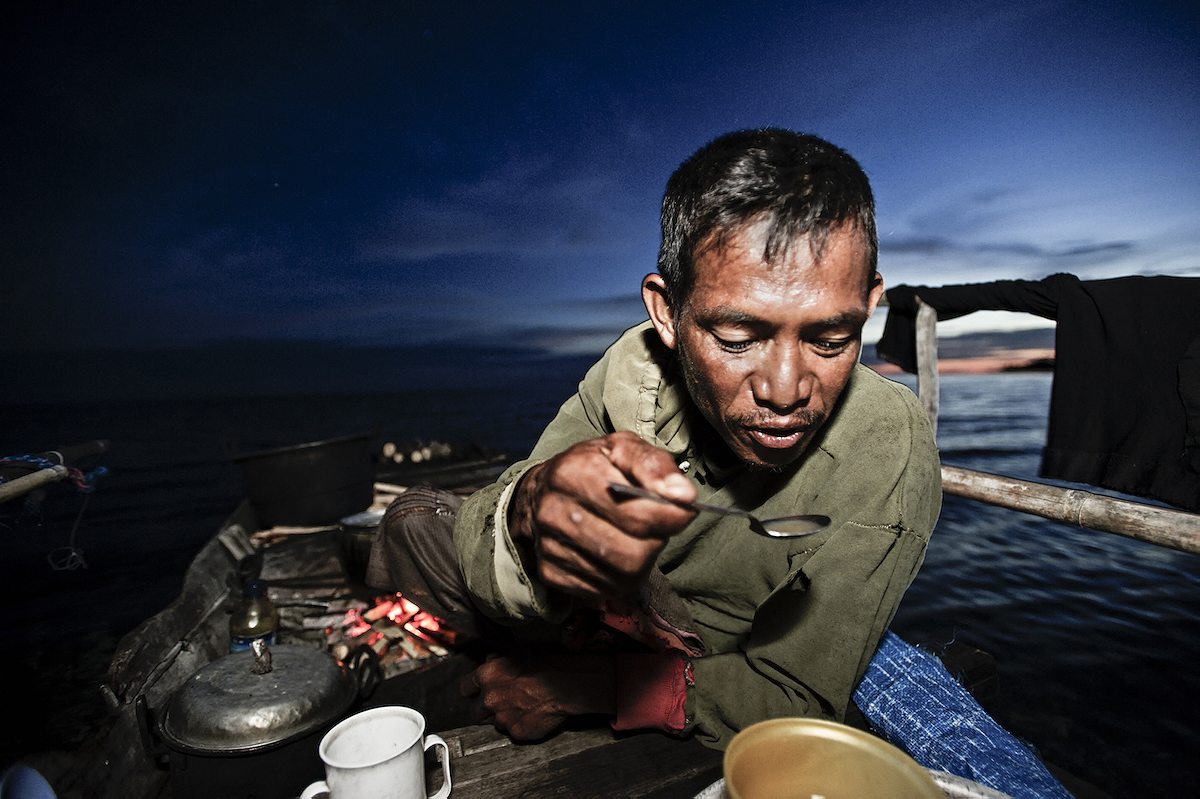
R&K: And when you approached the project, did you see it as an environmental story?
Morgan: Originally it was more about their way of life and wanting to make some images of a lifestyle that was disappearing. But then when I found out about the trade in live reef fish and realized the extent of the Bajau’s involvement in cyanide and dynamite fishing, it quickly became an environmental story. Almost inevitably when you look at a culture that lives in close proximity to its ecosystem you end up telling an environmental story, it’s just such a shaping factor.
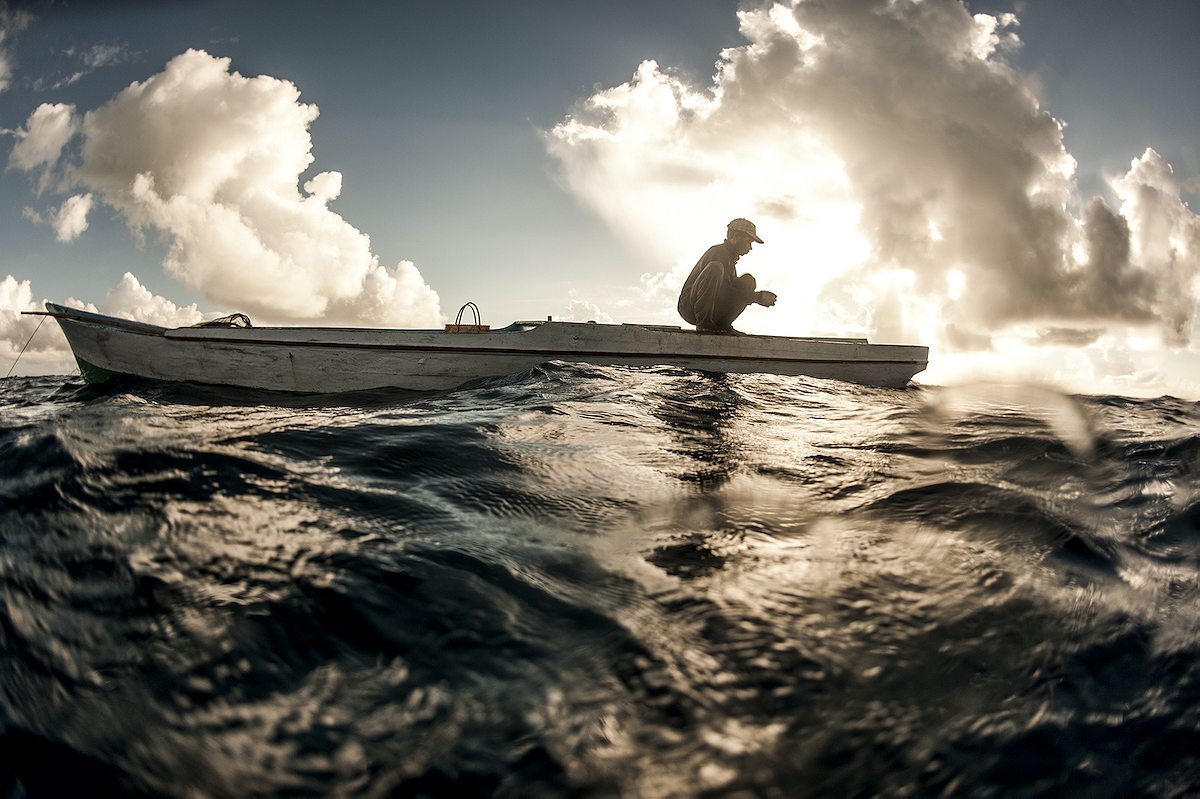
R&K: So what exactly is happening?
Morgan: The live reef fish trade essentially relies on Bajau communities diving on compressor (air pumped down through a hose) and then using bottles of cyanide to stun fish and catch them alive. They are then sold through a series of middlemen to Hong Kong and mainland China. The reason it’s a problem is that the cyanide devastates the reefs, it gets into currents and can travel for miles down a reef wall, clogging coral polyps and creating a huge amount of by-catch. Also, red grouper (the target species) is now endangered and it’s a key species for coral ecosystems.

R&K: Are the Bajau aware of the destructive element of these techniques?
Morgan: Increasingly so, yes. I don’t think they were originally but there’s been a lot of publicity around this now and a lot of outreach from people like the WWF. Trouble is, they’re in a bit of tight bind because they need the money and if they don’t fish with cyanide, another community will. So they continue to compressor dive despite knowing the risks. Often, fisherman are paid advances on their earnings which they never quite manage to earn back. The side effects of these techniques affect their lives hugely. Firstly, the ocean is so depleted that it’s hard for them to find food. Secondly, it kills or paralyzes a lot of people. There’s also bomb fishing, and a photo from the essay shows a woman who blew her hands off making bombs.
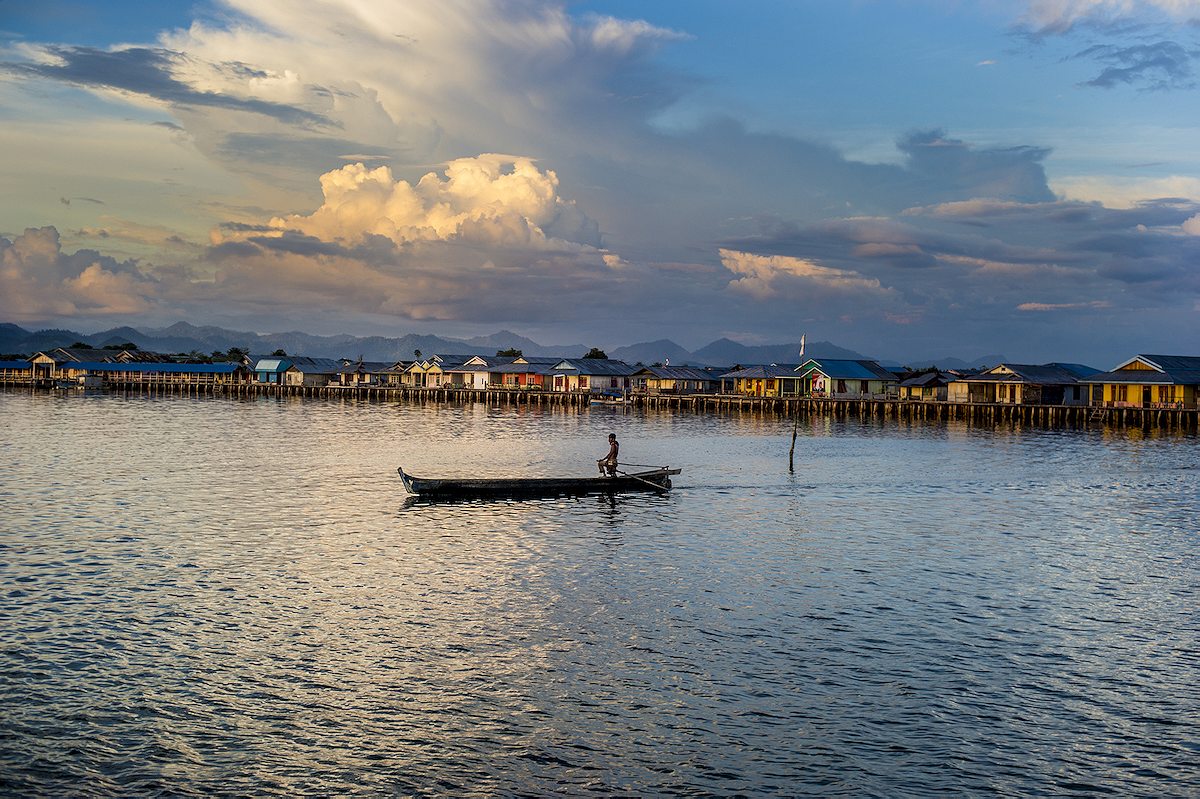
R&K: Tell me about your process… What was your first encounter like and how much time did you spend with the community?
Morgan: I made two trips to two different communities, both about two and a half weeks long. The first was with real sea nomads. I went to a village called Torosiaje and then found someone there who was able to take me out to look for people still living at sea. The first lady we found was Ibu Ani, who is in some of the photos. Her husband died compressor diving. She was paralyzed from the waist down from compressor diving. She lived on her boat with her son Ramdan who does all the fishing. She was great, very excited to have someone interested in her. She spent all day telling stories and singing old Bajau songs. From there, we met other members of her flotilla. She was traveling with about 3 other boats.
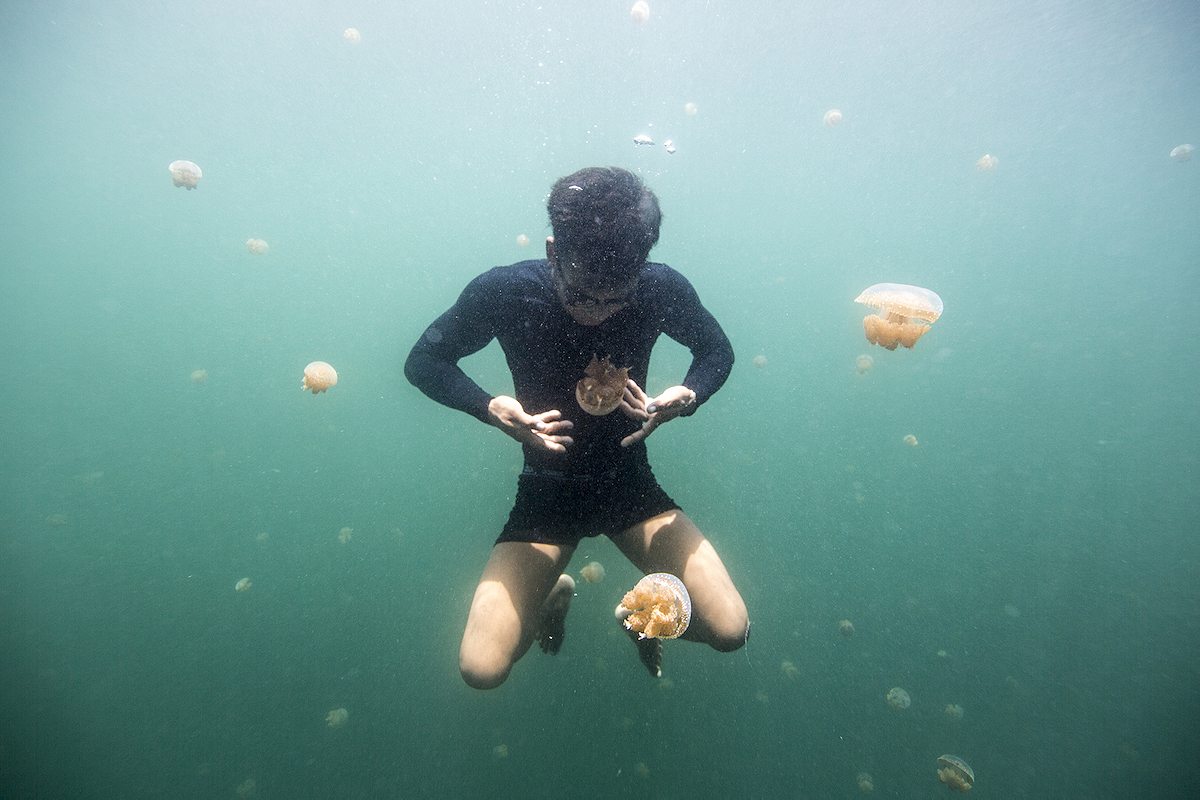
R&K: Is that typical?
Morgan: There’s not really typical anymore because not many people live like that. I think in the old days it would have been larger. Whole communities afloat. But now it’s just a few people who prefer being at sea to living on land, mostly older folk.
R&K: A lot of their peers made the decision to move ashore… Why not them?
Morgan: Basically they prefer it at sea, it’s what they’ve grown up with. One lady I met, Ibu Diana, told me she was born at sea, lived at sea and hopes to die at sea. A common complaint was how hard it would be to sleep on land without the ocean.
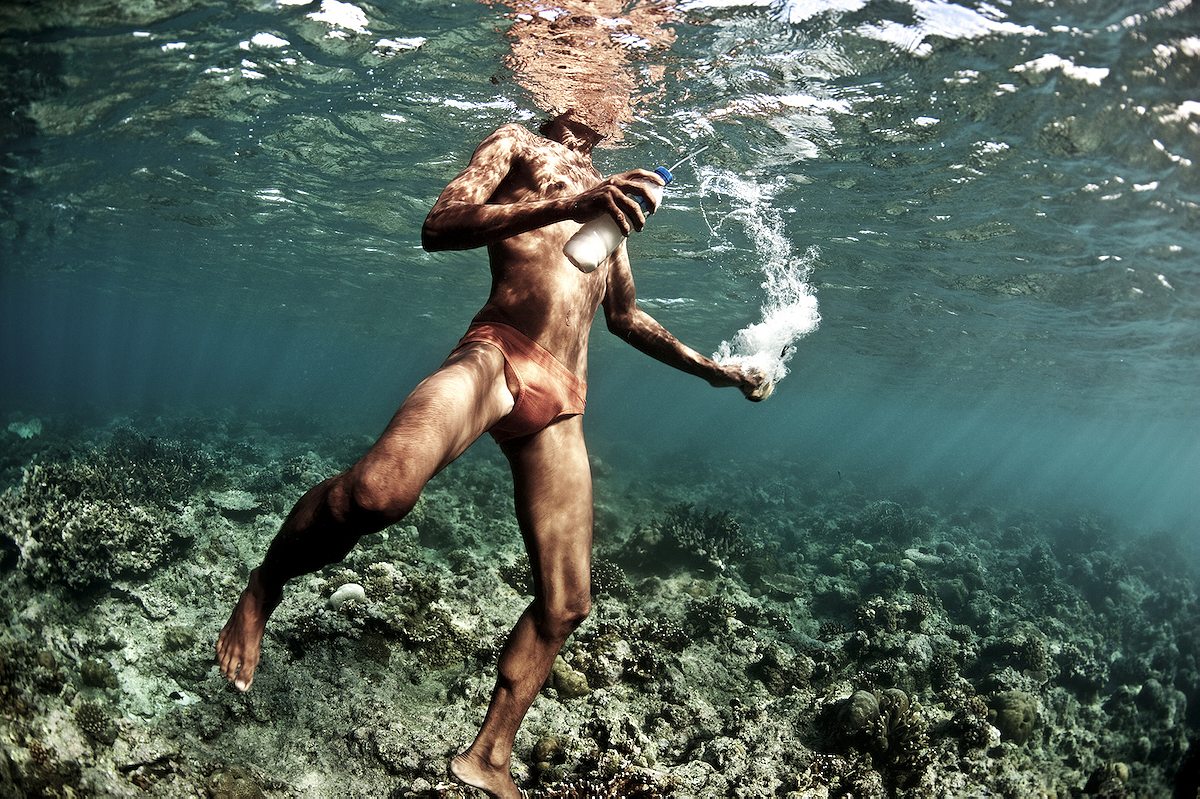
R&K: What is the relationship between the Bajau living ashore and those living at sea?
Morgan: It’s really hard to generalize on this as so few people are living at sea. There is a perception that the move ashore has been bad for the Bajau but in the same way that people often resist modernization and that it comes with a dissolution of culture. There’s no doubt that the Bajau life ashore has a whole host of new problems, with malaria and drug and alcohol use, etc.
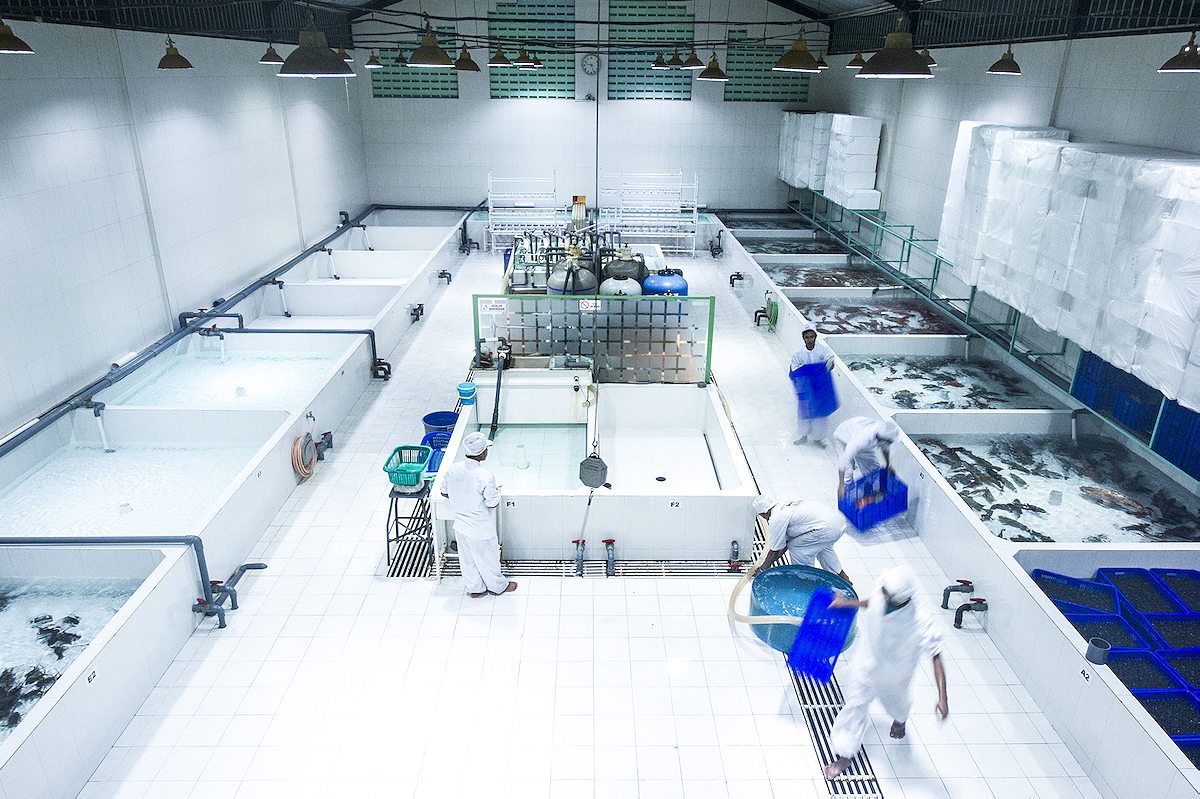
R&K: Is there anything to do, in your opinion, to convince fishermen not to use these destructive fishing techniques?
Morgan: I think the only real chance to kill the trade is by setting up alternative livelihood programs. The WWF and others are trying to do this. Indonesia has options in seaweed farming, tourism and other types of aquaculture. But work also needs to be done to reduce the demand for live reef fish, and showing that it is caught using cyanide is a powerful way to do that.
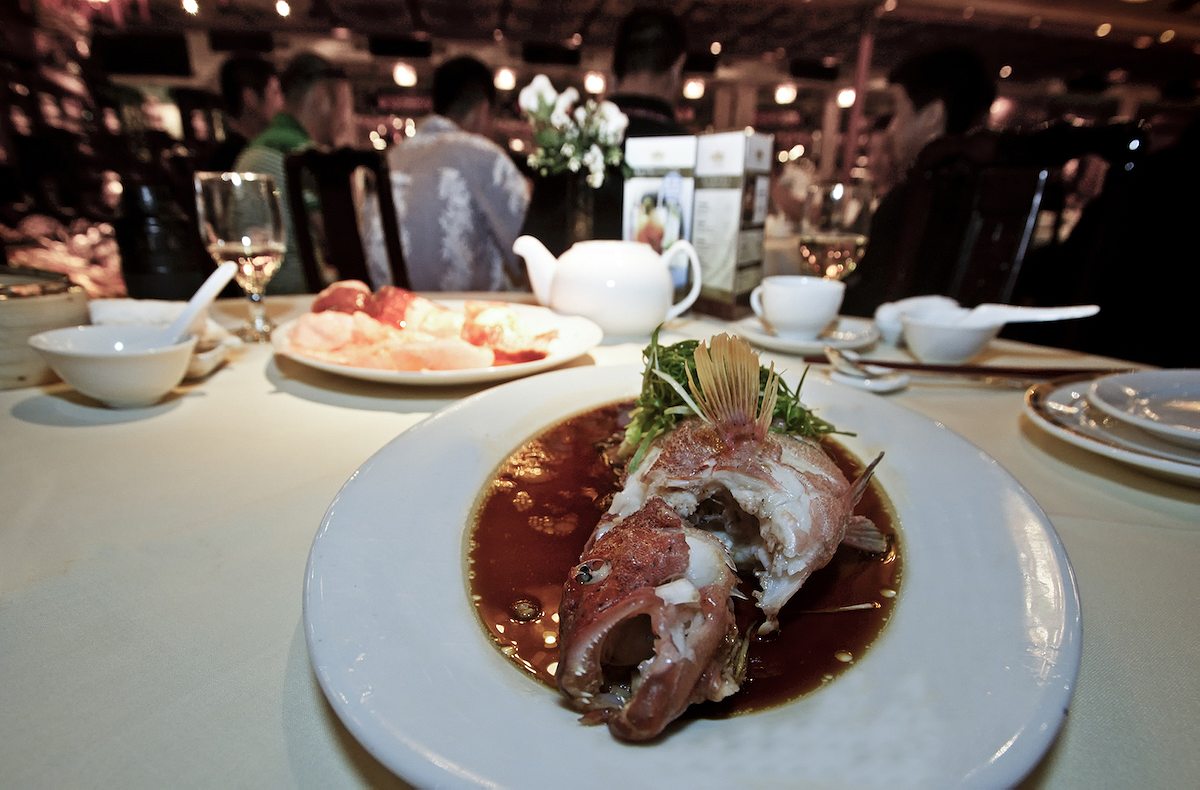
To see the full story, visit James Morgan’s website.